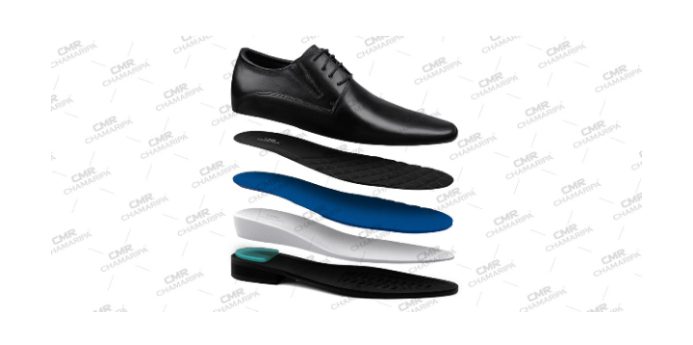There’s a new trend in footwear, and maybe you’ve noticed it. Maybe you’ve even been a part of its growth. It’s called the wedge sneaker, and it’s a combination of two enduring shoe styles: the high heel and the high top. And it has a new name: Elevator Shoes. We’re not talking about a thin high-heeled tennis shoe here, or a vertical extension of the standard rubber sole. This is something else – a new development in high fashion with an unexpected design legacy.
The Hidden Architecture of Elevator Shoes
As a fashionable footwear that entered the market with a triple-digit price tag, it is undoubtedly a symbol of this season’s fashion consciousness. If you think about it, it’s more or less remarkable because it’s not the first time a shoe has been created with a hidden heel, thus creating the illusion of height. It’s just incredible that such a design is being embraced by a growing number of users.
Height increasing shoes, also known as elevator shoes or lift shoes, are designed to provide an additional boost in height to the wearer without compromising comfort or style. The hidden height-increasing design of these shoes involves the use of built-in lifts or platforms, strategically placed within the shoe’s construction.
5 features and design elements in elevator shoes:
- Height-Enhancing Insoles: The most basic form of height-increasing shoes features removable insoles with built-in lifts. These insoles are usually made of high-quality materials such as silicone, foam, or rubber, and can provide an additional height of anywhere a few inches, depending on the design.
- Invisible Heel Lifts: Some height-increasing shoes incorporate invisible heel lifts into the shoe’s sole construction. These heel lifts are discreetly integrated into the shoe, making them virtually undetectable from the outside. The lifts are often made from lightweight materials.
- Midsole Platforms: Another common design technique involves incorporating a hidden midsole platform within the shoe. The midsole platform is strategically placed between the outsole and the insole, effectively raising the wearer’s heel without visibly altering the shoe’s appearance. This design allows for a more significant height increase while maintaining a natural look.
- Tapered Toe Design: Height-increasing shoes often feature a slightly tapered toe design, which helps create an illusion of increased height. The tapering effect subtly adds a few extra millimeters to the wearer’s overall height without compromising comfort.
- Sloping Heel Design: Some height-increasing shoes employ a sloping or curved heel design, which creates a gentle incline from the heel to the toe. This design provides a height boost without the need for obvious lifts or platforms, making the shoes appear more like regular footwear.
Chamaripa Shoes With 2-6 Inches Of Hidden Lift
For most of fashion history, shoes often referred to as “height increasing shoes” have been a feature of men’s footwear, intentionally made to be unrecognizable so that vertically challenged men could appear taller and, therefore, culturally assumed to be more authoritative, respectable and attractive. Also known as “height-enhancing shoes,” these products serve as an antidote to some variants of the male deficit. Some companies have taken a long time to hide the magic of their products, and many of them actually do a better job than the aesthetically oriented labels that have recently adopted this style. If you too have height troubles, choosing Chamaripa elevator shoes can add up to 6 inches to the wearer’s height.































